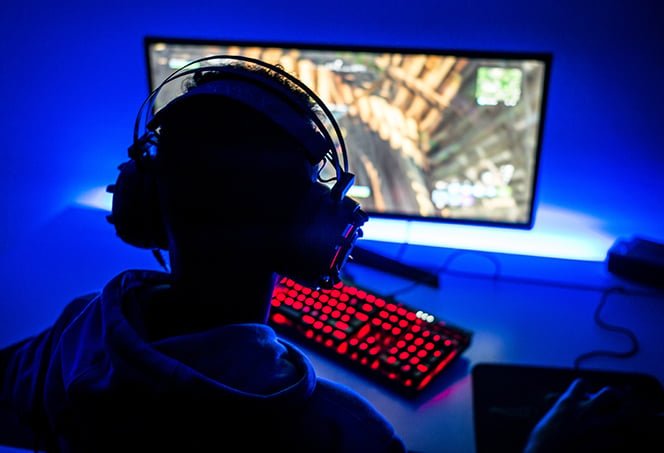In the world of technology, the constant tug-of-war between achieving longer battery life and superior graphic performance is a challenge many users face.
Whether you’re a gamer demanding high-resolution experiences, a professional relying on graphic-intensive applications, or simply someone who needs their device to last through the day, finding the right balance can seem daunting. This article explores how you can tailor your device’s performance to prioritize either battery life or graphics according to your needs, ensuring an optimized and satisfying user experience.
Understanding the Trade-off
Before diving into solutions, it’s crucial to understand why there’s a need to prioritize in the first place. High-quality graphics demand more power from your device’s GPU (Graphics Processing Unit), which in turn consumes more battery.
On the other hand, conserving battery life often means dialing down the performance, including graphical output, to extend usage time. This dynamic creates a trade-off scenario where maximizing one aspect leads to compromises on the other.
Tools at Your Disposal
Fortunately, modern devices come equipped with various tools and settings that allow users to manage this balance effectively:
- Power Saving Modes: Most devices offer power saving modes that reduce battery consumption by limiting performance. While these modes are excellent for extending battery life, they can significantly impact graphical performance.
- Customizable Graphics Settings: Many applications, especially games and professional software, allow users to customize graphic settings. Adjusting parameters like resolution, texture quality, and shadow effects can significantly lower power consumption while maintaining a satisfactory visual experience.
- External Software Solutions: Various third-party applications offer more granular control over your device’s performance settings, allowing you to create custom profiles for different scenarios. These tools can automatically adjust your settings based on current needs, balancing performance and battery life without manual intervention.
Prioritizing Battery Life
For those moments when longevity is paramount, here are strategies to extend your device’s battery life without severely compromising on visuals:
- Lower Screen Brightness and Resolution: Reducing your screen’s brightness and resolution can significantly decrease power consumption. Many devices also offer adaptive brightness settings, adjusting automatically to save energy.
- Enable Battery Saver Modes: Activating your device’s built-in battery saver mode can extend its life by restricting background activity and lowering performance.
- Optimize Background Processes: Limiting background applications and updates can conserve energy, ensuring more power is available when you need it.
Elevating Graphics Performance
When the visual experience is non-negotiable, here’s how to boost your graphics without unnecessarily draining your battery:
- Adjust Graphics Settings Wisely: Optimize your application’s graphics settings for performance. Higher frame rates and resolutions provide smoother and clearer visuals but be mindful to find a balance that doesn’t deplete your battery too quickly.
- Upgrade Hardware Components: For non-mobile devices, consider upgrading components such as the GPU for better performance. While not applicable to smartphones or tablets, this option can offer a significant boost for desktops and laptops.
- Utilize External Power Sources: When possible, connect your device to an external power source to bypass battery limitations entirely. This approach is particularly viable for gaming sessions or intensive graphic design work.
Best Practices for Balanced Performance
Achieving the optimal balance requires a mix of strategic adjustments and situational awareness. Here are a few best practices:
- Know Your Needs: Understand the demands of your tasks. If you’re performing less intensive activities, consider lowering your settings to save battery.
- Regular Updates: Keep your device and applications updated. Developers often optimize software to run more efficiently, improving both performance and energy consumption.
- Monitor Performance Regularly: Use built-in or third-party tools to keep an eye on your device’s performance and battery usage. This insight allows for timely adjustments, ensuring you’re always operating at the ideal balance for your current needs.
Building a Custom Laptop for Performance Balance
Building a custom laptop offers enthusiasts and professionals the opportunity to achieve the perfect balance between battery life and graphics performance.
By selecting specific high-performance components that are energy-efficient, such as GPUs, processors, and SSDs, and integrating a high-capacity battery, users can tailor their devices to meet their exact needs. Incorporating a custom cooling system further enhances component longevity and optimal performance.
This approach allows for the creation of a personalized laptop that excels in both work and play scenarios, offering flexibility and efficiency that adapts to the user’s requirements.
In conclusion, while the balance between battery life and graphics performance might seem like a zero-sum game, the truth is far more nuanced.
With the right knowledge and tools, it’s entirely possible to tailor your device’s performance to meet your specific needs, whether you’re leaning towards longevity or visual fidelity.
Remember, the goal is to maximize your device’s potential in a way that aligns with your priorities, ensuring a seamless and enjoyable experience.
